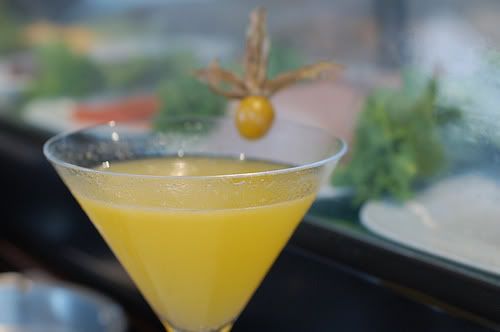 We continue our coverage of our recent 'orenji on the road' trip to Peru with a look at local beverages... or bebidas. Just as the Peruvians enjoy food, they appear to enjoy their drinks-- both alcoholic and non-alcoholic-- as well! We were, of course, all too happy to sample a variety of beverages.
We continue our coverage of our recent 'orenji on the road' trip to Peru with a look at local beverages... or bebidas. Just as the Peruvians enjoy food, they appear to enjoy their drinks-- both alcoholic and non-alcoholic-- as well! We were, of course, all too happy to sample a variety of beverages.To the left, you will see a picture of a beautiful mixed drink we tried with our seafood lunch at 'la mar' in Lima, Peru (see previous 'orenji on the road' blog for a description of the food...). The drink was made with Pisco-- a local alcohol much like brandy, made from fermented grapes. Thought to have first been produced in the town of Pisco, Peru, it is the "national drink!"
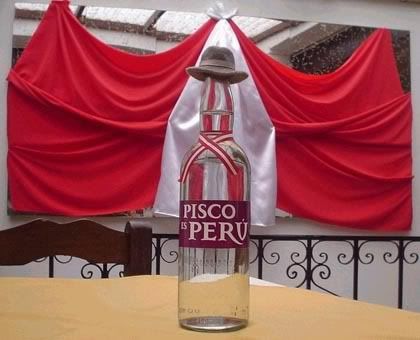
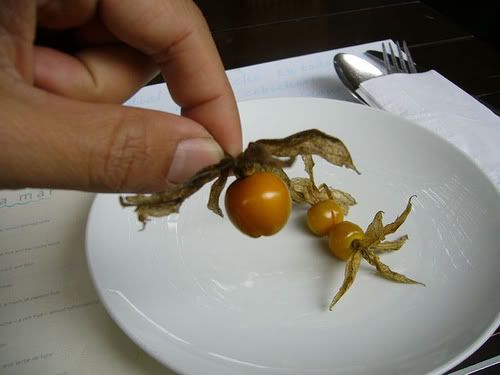
The cocktail in question was a variation of the traditional "Pisco Sour" (discussed below), but was flavored with the juice of what our guide called the "maracuya." Maracuya is generally translated as "passion fruit," which this most certainly is not (in the traditional sense). However, it appears that regionally, the fruit in our cocktail (and pictured both above and below) is referred to as a maracuya. In English, the berry (we have discovered) is generally referred to as the "Cape Gooseberry," which grows in the Amazon rain forest. It is a sweet golden berry, which is generally used in drinks, preserves, and baked goods, although many locals eat them as snacks. The gooseberries grow covered by their leaves, as pictured below. At our wonderful dinner at Astrid y Gaston, Lima's finest restaurant (see previous 'orenji on the road' blog), we were served caramelized gooseberries as mignardises after our meal.


The cocktail in question was a variation of the traditional "Pisco Sour" (discussed below), but was flavored with the juice of what our guide called the "maracuya." Maracuya is generally translated as "passion fruit," which this most certainly is not (in the traditional sense). However, it appears that regionally, the fruit in our cocktail (and pictured both above and below) is referred to as a maracuya. In English, the berry (we have discovered) is generally referred to as the "Cape Gooseberry," which grows in the Amazon rain forest. It is a sweet golden berry, which is generally used in drinks, preserves, and baked goods, although many locals eat them as snacks. The gooseberries grow covered by their leaves, as pictured below. At our wonderful dinner at Astrid y Gaston, Lima's finest restaurant (see previous 'orenji on the road' blog), we were served caramelized gooseberries as mignardises after our meal.

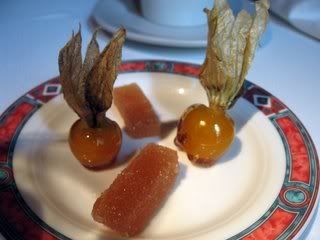
If you look carefully at the picture below, you see a variety of Peruvian drinks. Of course, the 'maracuya sour' is in the foreground. To the left is a thick cocktail, also containing Pisco, but flavored with tamarind and caramel. Behind that, fresh jugo de camu camu (a fresh fruit juice made from another Amazonian berry). And behind that, a Coca Sour-- another variation on the Pisco Sour, but made with leaves of the coca plant! Each of the bebidas were refreshing-- especially the maracuya and coca sours! The tamarind cocktail was cloyingly sweet, and quite thick, making it more of a dessert than an accompaniment to our lunch.
Below, a Coca Sour-- light and refreshing version of the Pisco Sour. A traditional Pisco Sour combines Pisco, lime juice, sugar (generally in the form of simple syrup), and bitters. The cocktail is topped with a layer of whipped egg whites and sugar, creating a textural contrast to the smoothness of the alcohol-laden drink.
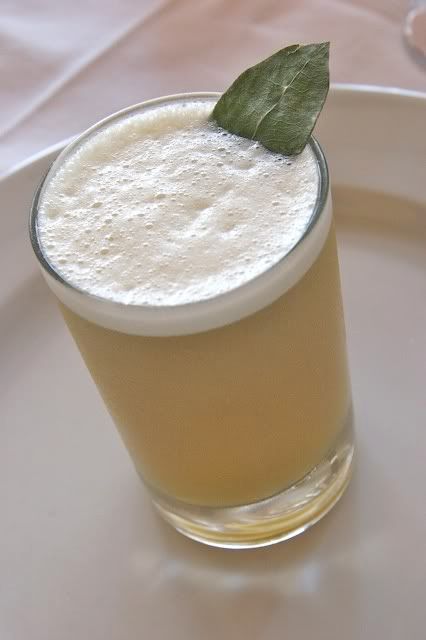

Pisco Sours show up everywhere... even at Astrid y Gaston!
Another regional beverage is Chicha. Chicha generally refers to a fermented beverage made from fruit or grain. In Peru, there is alcoholic Chicha (Chicha de Jora) and non-alcoholic Chicha (Chicha Morada). The alcoholic variety is made generally through the cooking and fermentation of corn. Below, Chicha is being strained through a woven straw net to remove the cooked kernels prior to fermentation. It is a slightly yellowish and milky color following fermentation.
In season, especially around the Cusco region of Peru, fresh strawberries are added to Chicha, to create a variation known as Frutillada (pictured below). We had the opportunity to taste freshly made and fermented Frutillada. It was rather a sweet tasting and unrefined alcohol, with a slightly bitter aftertaste. Chicha is likely to have 1 to 3% alcohol by volume, but the sample we tried seemed a bit more fortified than that!
The non-alcoholic version of Chicha, Chicha Morada, is not fermented. It is usually made of purple corn which is boiled with a fruit juice (oftentimes pineapple) and spices (mostly cinnamon and clove). The result is a bright purple liquid, which is sweetened with sugar and balanced with lemon juice. During our hike of the Inca Trail, we found Chicha Morada to be quite refreshing and re-invigorating, without being overly sweet!
Now, no discussion of Peruvian beverages would be complete with Cusqueña beer and Inca Kola! Cusqueña is a Peruvian beer brewed in Cusco, made with water from the Andes mountains. It is a local favorite (and now one of our favorites as well!)! Not as positively received was Inca Kola-- a bright yellow carbonated soft drink which tastes strongly of bubble gum... Inca Kola, while possibly not appealing to tourists, remains extremely popular in Peru, and has the country's largest market share of carbonated soft drinks. In fact, Peru is one of only two countries in the world (the other being Scotland) where Coca-Cola does not control the soft drink market... thanks to Inca Kola!
We end our review of Peruvian beverages with Mate de Coca-- the ubiquitous "coca tea." This tea is made by steeping the leaves of the coca plant in hot water. Coca tea has been traditionally consumed by individuals living in the high Andes, as it contains a natural stimulant which promotes the absorption of oxygen by the blood, and therefore combats altitude sickness. We were very happy to have it while climbing up to over 14,000 feet in altitude on the Inca Trail!
The coca leaf is also chewed by locals (and those climbing or trekking in the mountains). The tea itself tastes a bit grassy, like Japanese green tea... and while the leaves contain trace amounts of cocaine (as the coca plant is the source of cocaine production), the amount is so minuscule there are no ill effects-- even if the tea is consumed everyday over the course of the lifespan!
We are nearly finished with our 'orenji on the road' coverage of our trip to Peru and Bolivia. We will post one more blog-- a photo essay of some of the favorite pictures we took... so keep checking back!

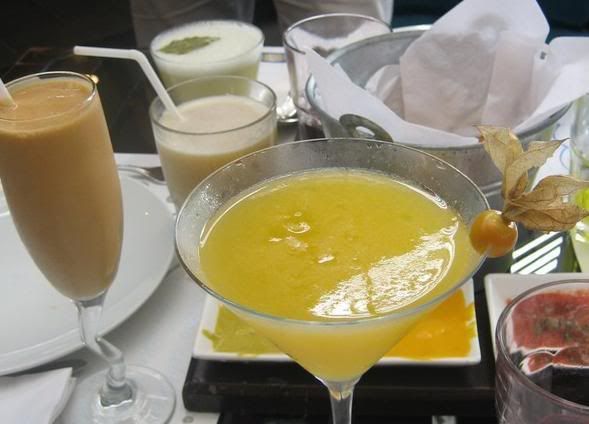
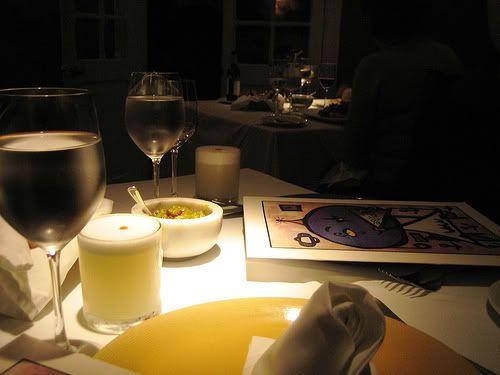

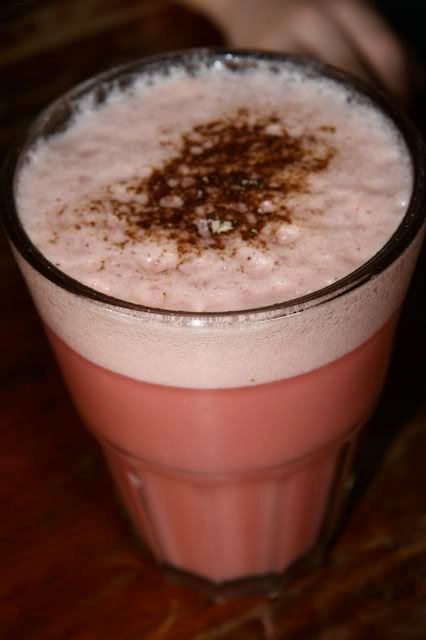
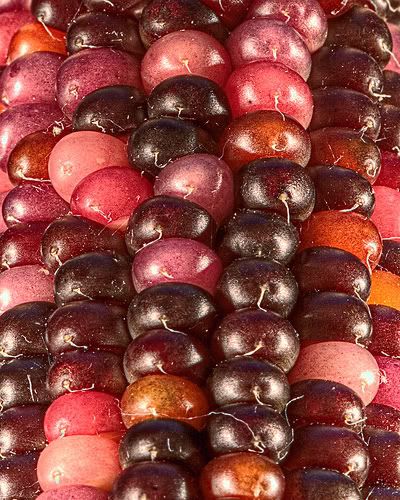

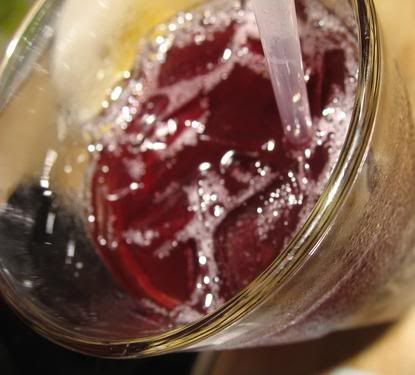

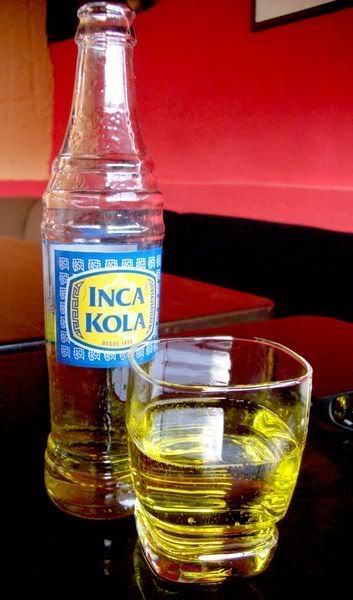

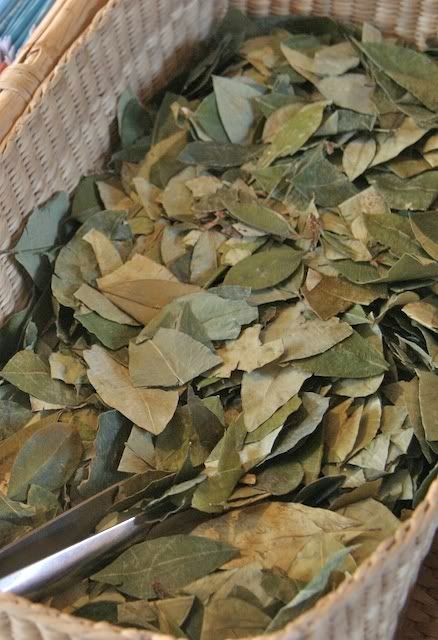





No comments:
Post a Comment